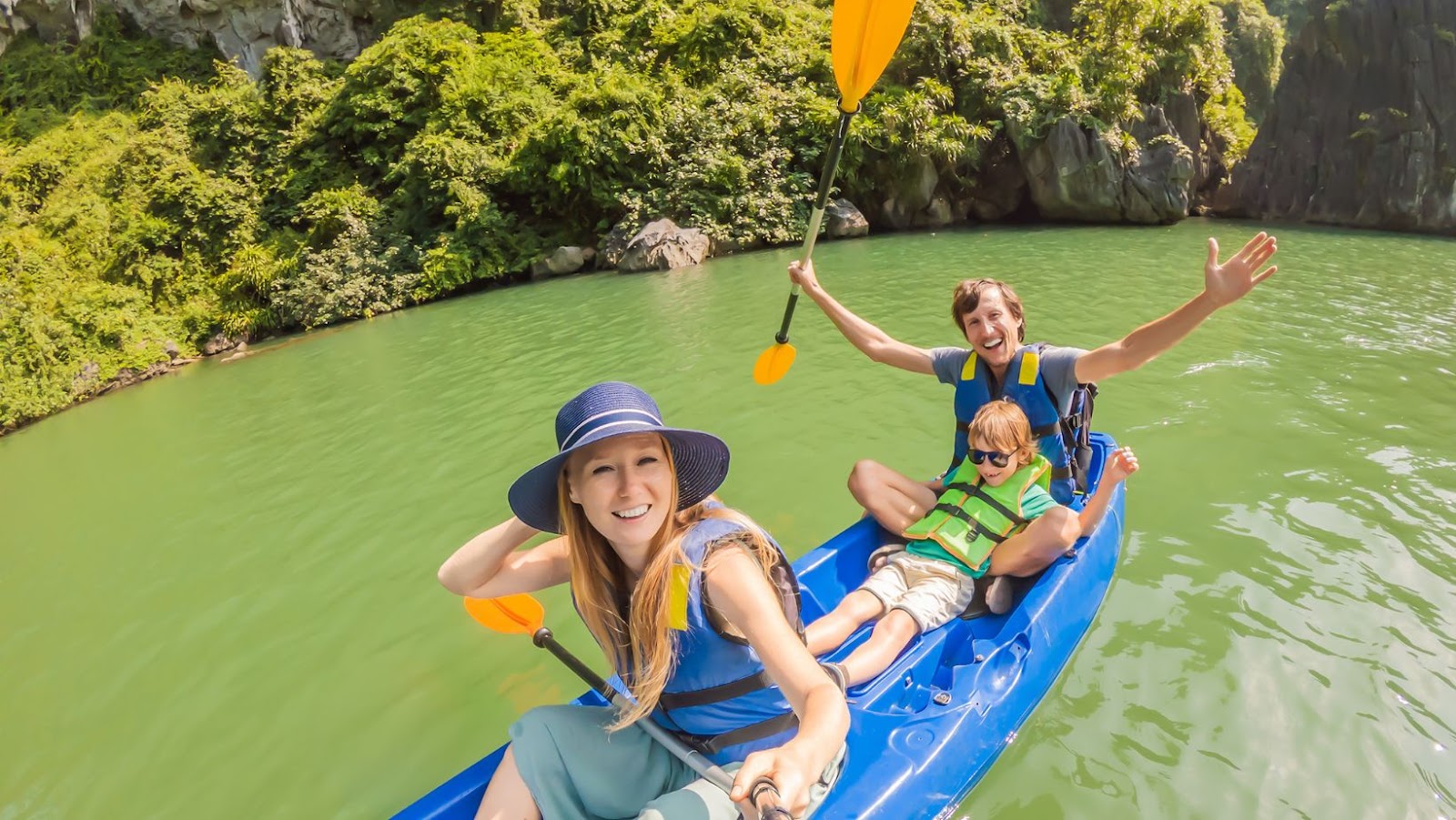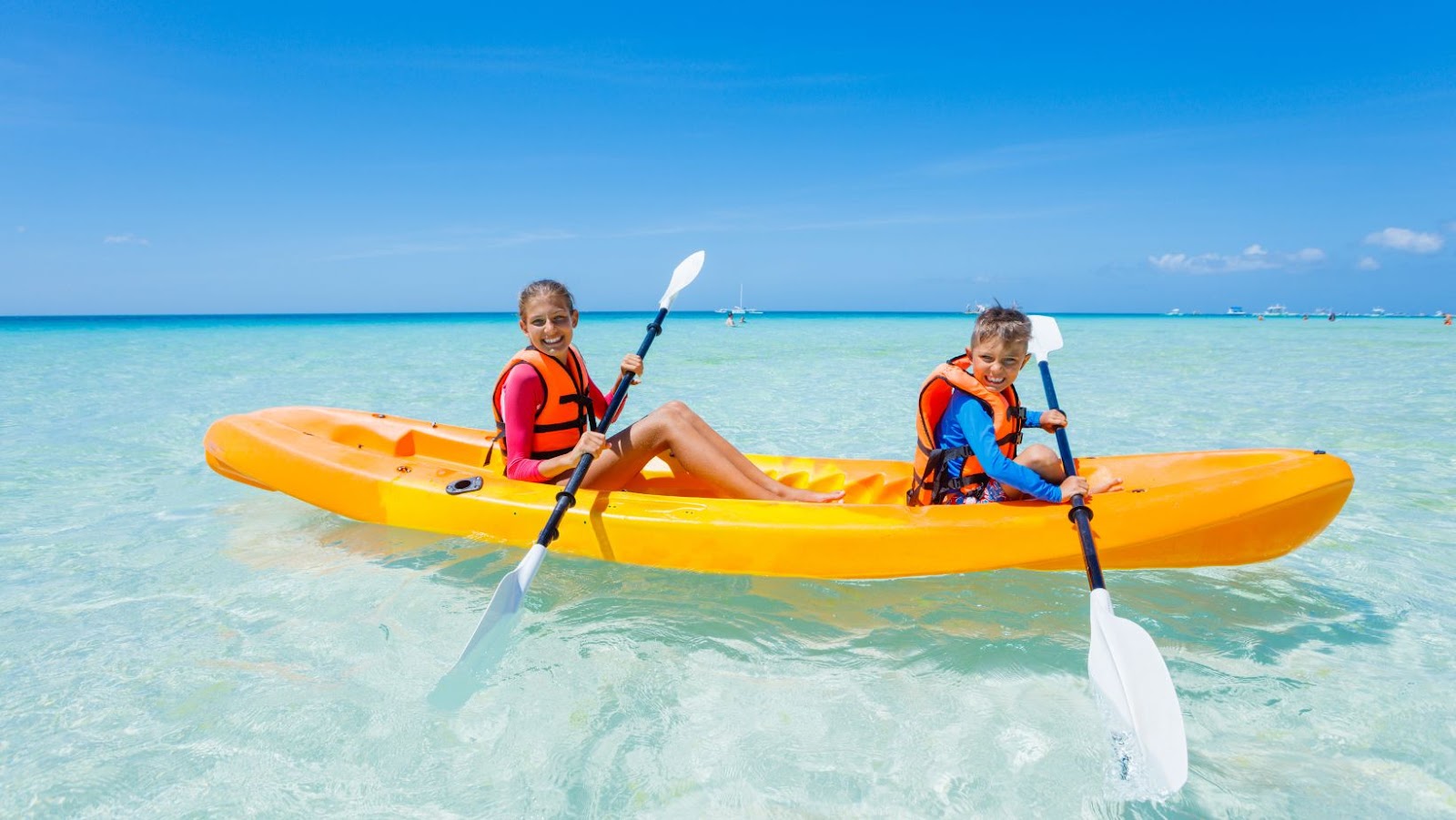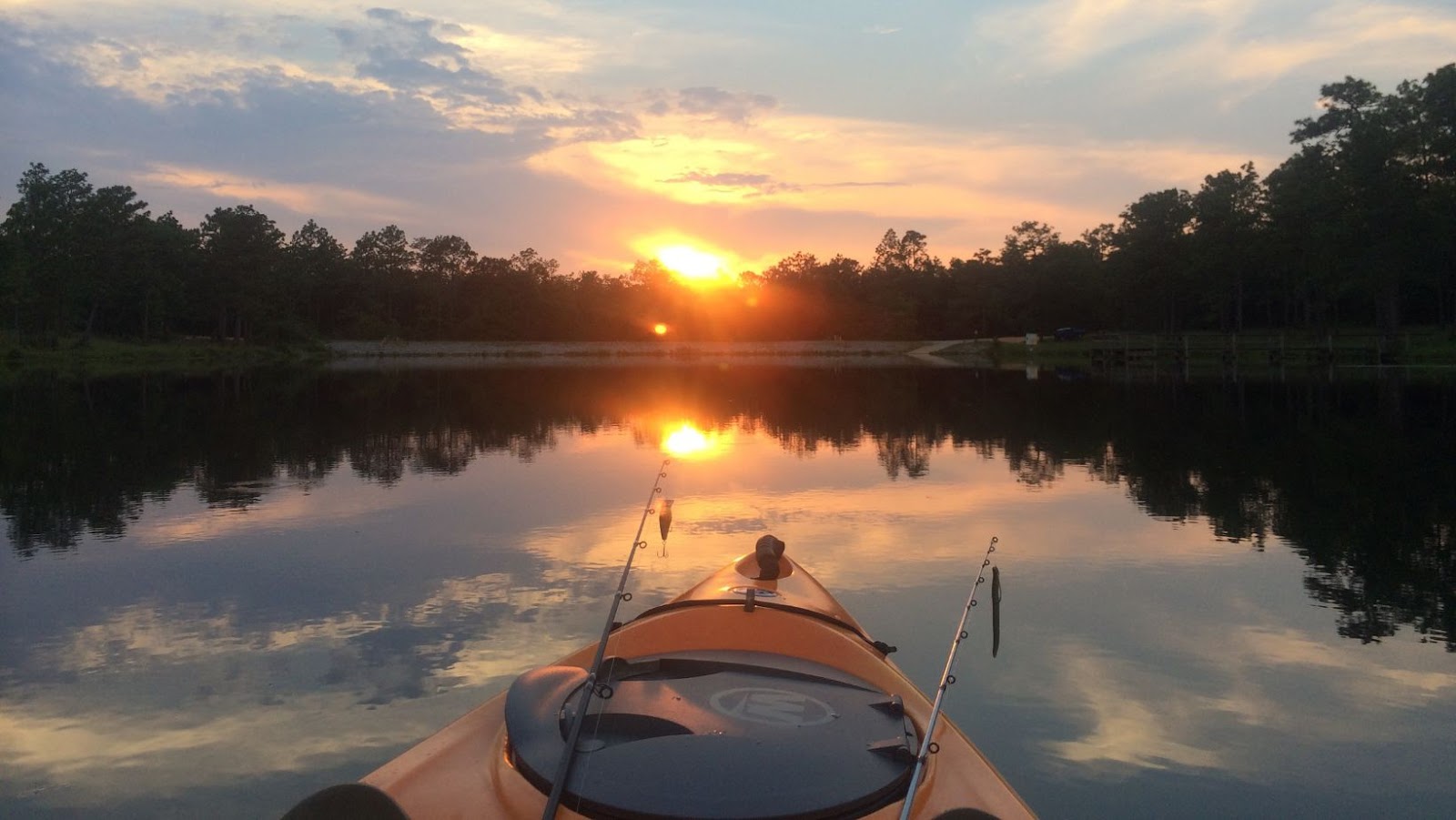
Are you planning a kayaking adventure? Whether it’s your first time out or you’re an experienced paddler, safety is important. You’ll want to ensure that you don’t make any mistakes that could put you or your crew in danger.
In this article, we’ll explore what should not be done while kayaking. You’ll learn how to prevent common accidents and keep yourself safe on the water. So, let’s get started and find out what not to do!
Kayaking is one of the most exciting ways to explore the outdoors and experience nature in a completely different way. However, while kayaking is a lot of fun, there are some things you should avoid doing in order to prevent potential injury or harm to yourself and/or others. This guide will provide you with helpful tips on what not to do while kayaking so that you can enjoy your time out on the water safely and responsibly.
Before heading out on your kayak adventure, it’s important to understand the basics of safe paddling and general safety guidelines for kayakers. Some important safety measures include understanding how to wear life jackets properly, learning how to paddle within your abilities and accuracy, knowing how to stay safe in various weather conditions, and familiarizing yourself with local navigation regulations.
After becoming knowledgeable about general safety guidelines, it’s also important for kayakers to be aware of certain dangerous behaviors that should be avoided at all costs. These include operating a boat under the influence of drugs or alcohol; overcrowding a boat; not following proper navigation protocol; disregarding ‘no wake’ zones; overloading or poorly loading boats and equipment; ignoring hazardous weather warnings; operating unpowered boats in major shipping traffic lanes; engaging in stunts such as surfing or skiing behind boats or paddling too close together and increasing risk of collisions. Practicing proper behaviors while out on the water can help ensure that your time kayaking remains enjoyable for everyone involved!
Choosing the Right Gear
Kayaking is a fantastic outdoor activity for all ages, allowing you to explore the great outdoors from a unique perspective. However, it’s important to make sure you have the right gear before heading out for your adventure. Here are some tips for choosing the right kayak and the necessary safety supplies:
Type of Kayak: Choose the type of kayak that will suit your needs and experience level. Options range from small recreational kayaks that are great for beginners, to longer sea kayaks made for open ocean excursions. Don’t forget to consider what water conditions or terrain you will be encountering while out on your adventure.

Paddles & Life Jackets: Make sure that you choose paddles appropriate in size and shape for your height and body type. You also need to ensure that everyone on board has a life jacket that fits properly, as this will help ensure safety when out on the water. As an added safety precaution, consider bringing along a leash or tether so that you can quickly jump back into your kayak if you happen to fall into choppy waters or unexpected waves while on your journey.
Safety Supplies: Before putting out onto open waters, make sure there is an adequate supply of water and energy snacks onboard as well as basic first aid supplies such as bandages, antiseptic wipes and sunscreen with SPF protection. It is also advisable to have a dry bag handy with extra clothing in case inclement weather arises during your outing.
Pre-Kayaking Safety Check
Before you hit the water, there are a few safety steps to take in order to ensure a safe and enjoyable kayaking experience. Each of these steps should be completed before each and every time you go kayaking, as well as whenever you get into an unfamiliar vehicle or use rented equipment.
Check the Weather: Before heading out, it’s always important to check the latest weather forecasts and any advisories that may have been released since your last outing. Pay particular attention to wind speed and wave height forecasts to determine if the conditions are suitable for your skill level and equipment capabilities. Make sure wind isn’t blowing hard against the tide, creating large waves that make navigating harder.
Check Your Gear: Perform a thorough inspection of your boat, paddle, clothing, lifejacket, any additional equipment—including communication devices such as a VHF radio—and related safety gear such as flares prior to launching. Ensure all necessary repairs have been made and all systems are working properly before you go out on the water.
Life Jacket Check: Life jackets save lives — always wear one! Make sure yours is properly fitted for comfort and security so you can safely enjoy your time on the water without having to worry about minor adjustments or uncomfortable straps pinching at skin or getting in your way during more strenuous activity. It’s always important to remember that paddling with an uncomfortable life jacket is better than being unprepared in case of an emergency situation on the water where you need it most!
Let Someone Know: Make sure someone knows when you’re heading out kayaking so they know when to expect your return — particularly if you’re going alone or with another person(s). It’s also important they know what type of kayak (open deck or closed cockpit) that was used so they can provide details that would be helpful in the event of an emergency search situation should one occur unexpectedly while on the water.
Know Your Route
Kayaking is incredibly enjoyable, but can quickly become dangerous if you don’t prepare properly. To ensure safe and successful trip, it’s important to familiarize yourself with the route. Map out your journey ahead of time, noting points on the map or shoreline to help you find your way back in case of a navigational emergency.
Make sure to factor in any tidal changes and strong currents in the water that may affect your progress. Get an up-to-date weather report before setting off, so that you are aware of any inclement weather that could arise during your kayaking voyage.
Additionally, be sure to bring any necessary safety equipment such as lifejackets, a first aid kit and a whistle or signal flare. With preparation and caution throughout your kayaking experience, you are bound to have a great adventure!
What Should you Not do While Kayaking
When kayaking, it is important to be aware of potential hazards in the surrounding environment and make sure you are paddling safely. Some of the key things to avoid while kayaking include:
-Avoiding swift or turbulent waters – It is best practice to only paddle in areas with calm water as swift-moving or turbulent waters can be dangerous and can result in a serious accident.
-Avoid paddling alone – To stay safe while out in the kayak, it is best practice to always have another experienced kayaker with you when you go out on the water.
-Avoiding low visibility waters – Paddling in areas with poor visibility can leave you vulnerable if anything were to happen. If a paddle stroke goes awry or a situation changes quickly, it may be unsafe for you if there are very few people around that could help.
-Avoiding strong currents – Strong tidal currents can take a toll on even experienced paddlers and should generally be avoided when possible. Pay attention to your surroundings and use caution when making decisions about where to venture out with your kayak.
-Avoid wearing too many layers of clothing – Wearing heavy clothing while kayaking can impede your movements and your ability to escape danger quickly if needed. Make sure any items worn are comfortable but lightweight so that they don’t weigh you down or affect your range of motion in any way.
Don’t Go Alone
It is never a good idea to go kayaking alone. Kayaking by yourself can be dangerous and makes you more vulnerable should the weather turn or an accident occur. It is always best to have someone with you when out on the water for a variety of reasons. Your friend can help come to your assistance if needed and also provide company so you don’t get too lonely or scared.
Additionally, companions are able provide additional safety measures such as assistance with navigation and food, plus it’s more fun to share the experience with another person! Before setting off, make sure that your friend has the appropriate safety gear and know-how to determine problems that may arise so they are prepared for potential hazards. Keep in mind that both kayakers should have a functioning communication device available in case of emergency, so everyone is safe throughout the outing.
Lastly, it is best to double check you both know where you are paddling before heading out so that you can return home in a linear fashion or prepare for any unexpected changes during your adventure.
Don’t Overload Your Kayak
When you’re planning a kayaking trip, it’s important to be mindful of the weight you will be carrying. An overloaded kayak can limit your ability to maneuver and make navigation more difficult. You don’t want to be stuck in the water with an overstuffed craft that doesn’t have enough room for essential gear and equipment. Every kayaker should strive for a balance between performance, safety, and comfort — not just an overloaded vessel full of unnecessary items.
The maximum capacity of most recreational kayaks is 275-300 lbs, but this can vary by manufacturer. Make sure you check the label on your craft before loading up gear, as some models may exceed or fall below this range. If you are unsure of how much weight your craft can safely carry, consult with your local dealer or try taking some test runs with different levels of cargo. When packing for a trip, only include items that are essential for comfortable navigation and remember: less is more!
In addition to avoiding loading too much gear into your kayak, pay attention to weight distribution as well. When placing items inside the hull of your vessel, try keeping heavier items near centerline, where they will cause less drag when paddling through choppy waters. Proper load balance will also help improve tracking — which means your kayak won’t drift off course as easily when headed in a straight line.
Kayak trips are often a great way to get out, have fun, and explore your natural environment. However, in order to have the best experience and stay safe at the same time, there are certain things that you shouldn’t do when kayaking.
It is important for each kayaker to understand their environment and be sure that they are following all local laws and regulations while on the water. Additionally, it is wise to wear a personal flotation device at all times while kayaking, as well as check weather forecasts before heading out.

To ensure a successful and safe trip, it is also important to keep an eye on changing currents and waves when kayaking in rough waters, avoid paddling into bad weather if possible and practice other water safety techniques such as doing a shoreline check or carrying whistles for signaling distress.
By following these guidelines, any canoeist or kayaker can rest assured that their time spent out on the water will be enjoyable and safe!




